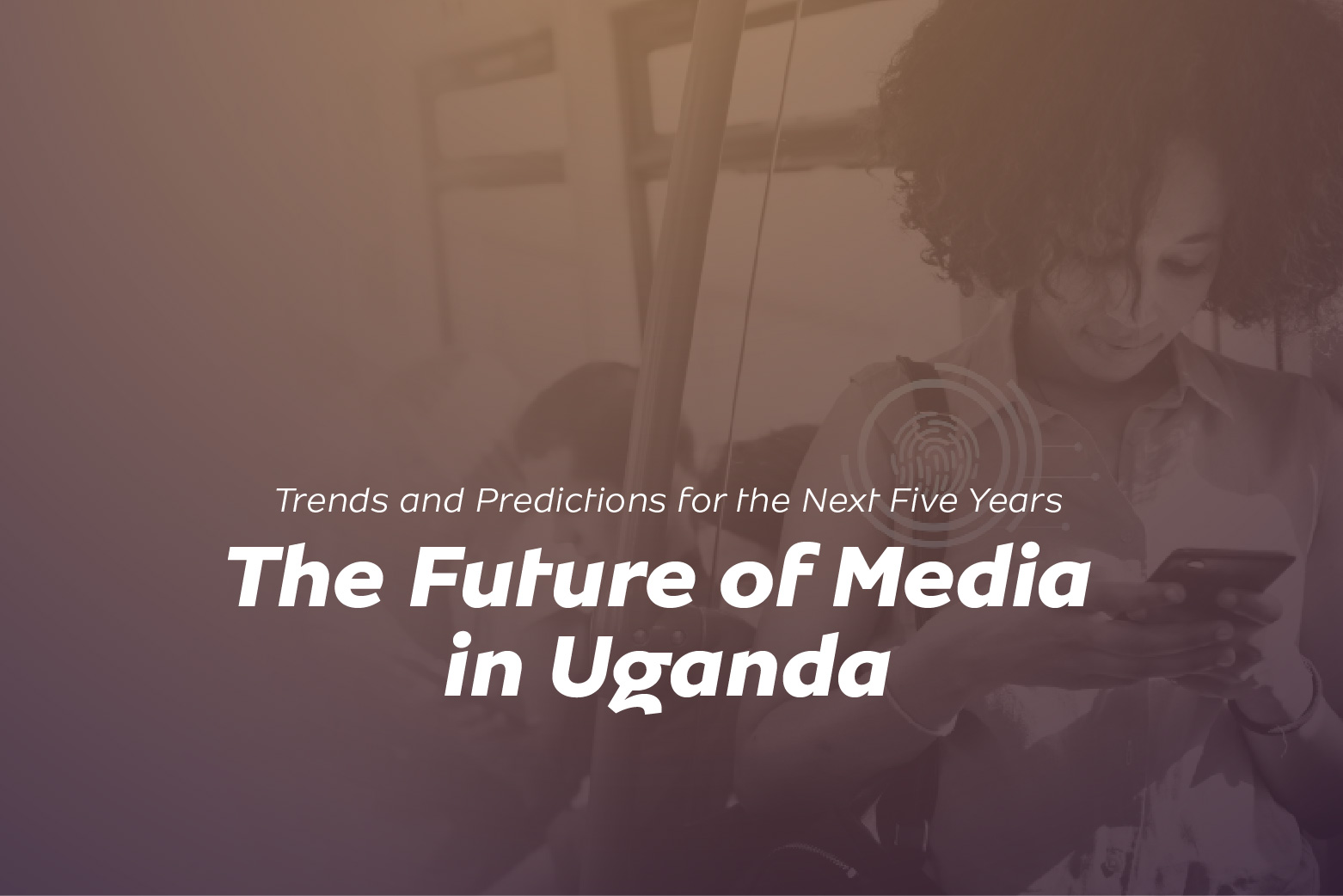The Future of Media in Uganda: Trends and Predictions for the Next Five Years

As we approach the midpoint of this decade, Uganda’s media landscape is undergoing a seismic shift, driven by digital innovation, changing consumer habits, and the explosive growth of social media platforms like TikTok and X. The next five years will bring even more transformative changes, reshaping how Ugandans consume news, entertainment, and advertising while opening new opportunities for digital businesses and content creators. This article explores the key trends defining Uganda’s media future and how social media platforms are revolutionizing digital engagement.
1. The Rise of Short-Form Video & TikTok’s Dominance in Uganda
TikTok has rapidly become Uganda’s most influential social media platform, shaping entertainment, marketing, and even political discourse. With its addictive short-form video format, TikTok appeals to Uganda’s youthful population—over 78% of whom are under 35. The platform has democratized content creation, allowing everyday Ugandans, from comedians like Teacher Mpamire to musicians like Fik Fameica, to build massive followings without traditional media gatekeepers.
Beyond entertainment, TikTok is fueling Uganda’s e-commerce boom. Businesses, especially in fashion and trade, are leveraging TikTok to sell products directly to consumers through live streams and influencer partnerships. Additionally, viral TikTok trends are dominating Ugandan entertainment culture, from dance challenges to slang, making it a key platform for youth engagement. By 2030, TikTok is will continue to lead as Uganda’s top social media platform, driving more localized content and direct-targeted advertising.
2. Streaming Services & the Decline of Traditional TV
While global giants like Netflix and Disney+ are gaining traction among Uganda’s urban elite, local streaming platforms like DStv (MultiChoice)’s Showmax and StarTimes ON are adapting to Ugandan tastes with affordable, mobile-friendly plans. The shift toward streaming is largely driven by increasing smartphone penetration, currently at 30% and rising, making mobile devices the preferred medium for entertainment consumption over traditional TV.
Ugandan audiences are demanding more local content, leading to the rise of homegrown films, series like Kyaddala, and music dominating streaming platforms. Telecom companies such as MTN and Airtel are capitalizing on this trend by offering bundled internet deals that include subsidized streaming data plans. By 2030, it is projected that at least 46% of urban Ugandan households will primarily consume entertainment via streaming, accelerating the decline of traditional TV.
3. The Creator Economy & Digital Entrepreneurship
The barrier to media creation has never been lower—today, all one needs is a smartphone and internet access to become a content creator. Uganda’s creator economy is booming, with influencers monetizing through brand sponsorships and partnership, some YouTube ad revenue, etc.
As monetization options expand, Uganda is expected to see its first millionaire(in dollars) digital content creator by 2030. There is a shift of a new generation of Ugandan entrepreneurs who are turning social media influence into sustainable businesses.
4. Social Commerce & the Future of Digital Business
E-commerce in Uganda is evolving beyond Jumia—social media is now the new marketplace. Platforms like TikTok, WhatsApp Business, and Instagram are enabling Ugandan entrepreneurs to sell directly to consumers, bypassing traditional retail channels. Influencer-driven sales are particularly effective, with small businesses collaborating with micro-influencers to promote products authentically.
Live business promotion has also taken off, with market vendors and boutiques using TikTok Live to showcase products in real time like UBUY Uganda. The widespread adoption of mobile money, with over 70% penetration, has further fueled this trend by enabling seamless digital transactions. By 2030, an estimated 40% of Uganda’s retail transactions will occur through social commerce platforms, reshaping the country’s retail landscape.
5. The Growth of Video Podcasting in Uganda
While still in its early stages, video podcasting is gaining momentum in Uganda, with shows like The Hard Questions(political analysis) and The Ugandan Podcast (A Ministry of ICT and National Guidance podcast) attracting growing audiences. Unlike traditional audio podcasts, video podcasts offer a more engaging and visually dynamic experience, making them appealing to younger audiences.
The rise of vernacular content is another key driver, with Luganda, Runyankole, and other local-language podcasts emerging to cater to diverse audiences. As internet accessibility improves and data costs decrease, video podcasting is expected to surge in popularity. By 2027, Uganda’s podcasting industry is projected to double in size, with brands increasingly investing in video podcast advertising to reach engaged audiences.
6. Media Consolidation & Local vs. Global Competition
Uganda’s media industry is experiencing a clash between local platforms like NTV and NBS and global giants such as YouTube and Netflix. To remain competitive, Ugandan media houses must embrace digital-first strategies, as seen with Nation Media’s shift toward online news. Collaborations with influencers are also becoming essential to reach younger audiences who are increasingly consuming content on social media rather than traditional TV.
Original content production will be critical for local media companies to differentiate themselves from international competitors. By 2030, at least two major Ugandan media houses are expected to fully transition to digital-only models, reflecting the broader shift in consumer preferences.
Takeaways : Uganda’s Digital Media Revolution
The next five years will redefine Uganda’s media landscape—Social media platforms especially TikTok and X willcontinue dominate, streaming will overtake TV, and social commerce will become mainstream. Content creators and businesses that adapt to these trends will thrive, while those stuck in traditional models risk fading into irrelevance. For Uganda, the future of media is mobile, interactive, and hyper-local. The only question that remains is: Are you ready for the digital wave?


